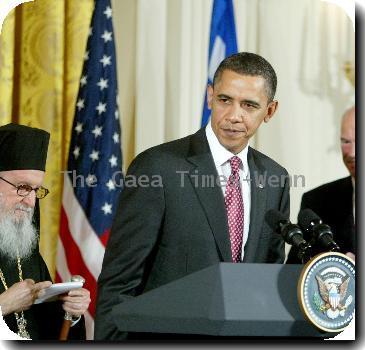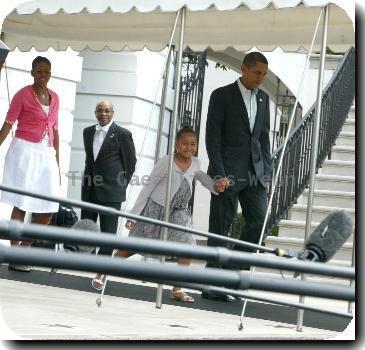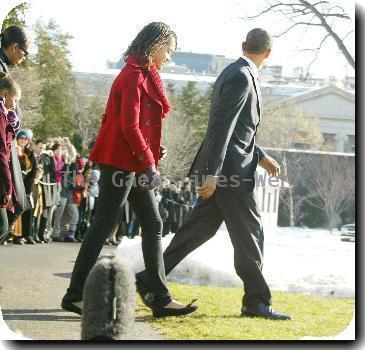In wake of brazen attacks, US military is studying whether Taliban are shifting their focus
By Anne Gearan, APWednesday, May 19, 2010
Brazen attacks might signal a new Taliban strategy
WASHINGTON — Brazen Taliban attacks in and around Afghanistan’s capital Kabul this week demonstrate the power of the insurgency to strike directly at foreign forces on Afghan soil.
A sobered U.S. military is studying whether these Taliban efforts to reach outside their rural home base are part of a new campaign to target NATO forces, foreign diplomats, contractors and Afghan government officials.
The attacks come as the number of U.S. military deaths approach the 1,000 mark, and at a time when Americans are looking for progress in a long and costly war.
A majority of Americans — 52 percent — now says the war is not worth it, according to a new Washington Post-ABC News poll. The dip in support follows a brief rise last year after President Barack Obama refocused the U.S. war plan.
A Pentagon spokesman, Bryan Whitman, said it is too soon to say whether the attacks are part of a coordinated Taliban strategy. “I would be cautious about drawing conclusions about two events,” Whitman said.
U.S. officials don’t see the attacks as evidence that the counterinsurgency strategy is failing and don’t plan to change initiatives to engage with locals, according to a senior Obama administration official. The official requested anonymity to discuss the administration’s private assessment of the Taliban attacks.
Preliminary assessments in Afghanistan and Washington suggest that Wednesday’s head-on assault at the sprawling, heavily fortified Bagram air base was planned to show the Taliban can get close to such installations when it chooses. That there was little chance the insurgents would get past the base’s guard posts is not the point.
“By attacking the biggest concentration of American military power, this is a message to the Afghans; ‘Look, the Taliban is a potent guerrilla organization. We even attack the most powerful target there is,’” said Arturo Munoz, a former operations officer at the CIA counter terrorism center and an expert on the Afghan insurgency.
Bagram, the largest U.S. military installation in the country, is north of the capital Kabul in an area that was once a center of Afghan resistance to the Taliban. The early morning assault on the base killed an American contractor and wounded nine troops.
Insurgents struck in the heart of the capital a day earlier, killing five American troops and a Canadian. It was the deadliest attack on NATO in Kabul in eight months.
Munoz, now at the RAND Corp., is sure the attacks are related. “The Taliban promised an offensive, so this is overdue,” he said.
Spectacular attacks draw heavy media attention and are intended to pack psychological punch beyond the relatively small casualties and physical damage they cause.
Obama and military leaders have been trying to prepare Americans for harder fighting and more casualties lay ahead. U.S. deaths spiked to 40 or 50 a month last summer and fall, as Marines broadened the fight in southern Afghanistan.
May is on track to be the deadliest month for U.S. forces this year, with 26 confirmed dead. The United States will probably reach the grim milestone this month of 1,000 dead since the war began.
Obama committed an additional 30,000 U.S. forces to the Afghanistan war this year in what he described as a sustained campaign to prevent the strategically located country from again becoming a home base for al-Qaida.
The homegrown Taliban insurgency, ousted from power in a 2001 U.S.-led invasion, has hardened over a nearly nine-year war into a flexible irregular army.
It is capable of sometimes devastating attacks but not, in the assessment of the U.S. military, of toppling the central government in Kabul or holding ground in the capital city.
Associated Press writer Anne Flaherty and AP Broadcast reporter Sagar Meghani contributed to this report.




